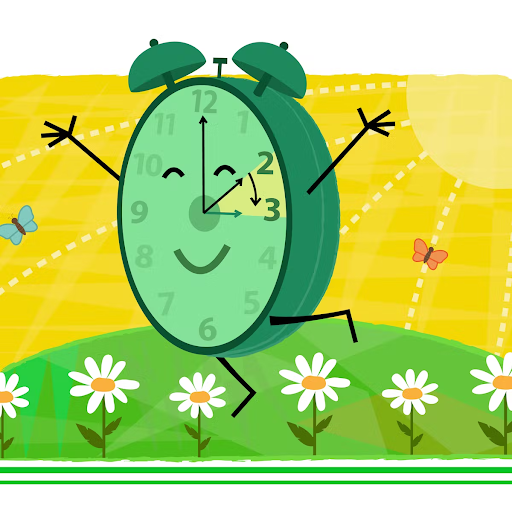The daylight savings debate

Image via billhagolan/iStock via Getty Images Plus
This weekend, people across the country will “spring” their clocks forward, bringing the end of standard time and the beginning of daylight savings. Going from standard time, where people shift their clocks back and gain an hour, to daylight savings time, where people shift their clocks forward and lose an hour, is an adjustment most Americans abide by twice a year. Yet the public doesn’t like changing their clocks each year—so why do we still do it?
Daylight savings was first introduced by Benjamin Franklin, who wanted people to appreciate the early fall mornings, but was actually standardized during World War I as a way to conserve energy during war time. With daylight savings, people would be able to spend more time outside in the evening and spend less time using electricity. After the war, it was left to the states to decide what they would want to do.
There are a couple downsides of daylight savings, though most research that has been conducted on the issue is not the be-all-end-all, as it can be hard to apply the data across an entire nation. However, research does suggest that losing an hour of sleep can hurt worker productivity, increase the likelihood of accidents during commuting, and make people more susceptible to illness.
Many business leaders, politicians, and members of the American public are in favor of a permanent daylight savings switch. They argue that not only should people not have to worry about changing clocks twice a year, but that brighter evenings will make people more well rested and productive. Daylight savings time can also help businesses: with more light in the evenings, some think that people are more likely to go out shopping or to a restaurant. Brighter roads can increase the safety of drivers, as they will have more visibility than they would in the dark. There is also the same energy argument as during the first World War, though most research does not support this position, as in our modern world, energy use remains largely the same.
Then there are those with the opposite viewpoint: standard time, since it has brighter mornings, is better for the body’s internal clock and the social expectations of American society. Sunny mornings keep people alert, with the same productivity argument being applied, but this time vice versa. Darker mornings do seem to have a negative effect on most people, as they have a harder time waking up. Scientists have pointed out that darker evenings also encourage the production of sleep hormones. They argue that standard time is better for people’s circadian system, which can help control an individual’s immune system. Circadian misalignment can cause a whole host of medical issues, from obesity to depression.
No one seems to have a clear answer as to why the switch from standard to daylight savings is necessary, but there has been some pretty decisive action taken. Hawai’i, most of Arizona, and many U.S. territories already operate under permanent standard time, and in 2022 the Senate passed a law that if signed by Biden would make daylight savings permanent. The issue does not seem to be whether we should get rid of the time change twice a year, but which time switch should be permanent.
Ultimately, it seems to be a matter that every person has their own unique view on. While the population may be able to come to the consensus that messing with a clock bi-yearly is frustrating and unnecessary, whatever decision is made by the government, either local or federal, will probably ruffle some feathers. In fact, this is likely one the reasons why daylight savings is still in practice: in 1974, the U.S. tried a permanent switch to daylight savings, which was met with widespread disapproval until the country went back to changing their clocks again. For the time being, it seems like most Americans will just have to make do with springing forward.
Daylight savings time begins this Sunday, March 12th.

Emmalina is currently a Senior at South Lakes High School and Co-Editor in Chief of the Sentinel. This is her 3rd year writing for the newspaper, and she...













